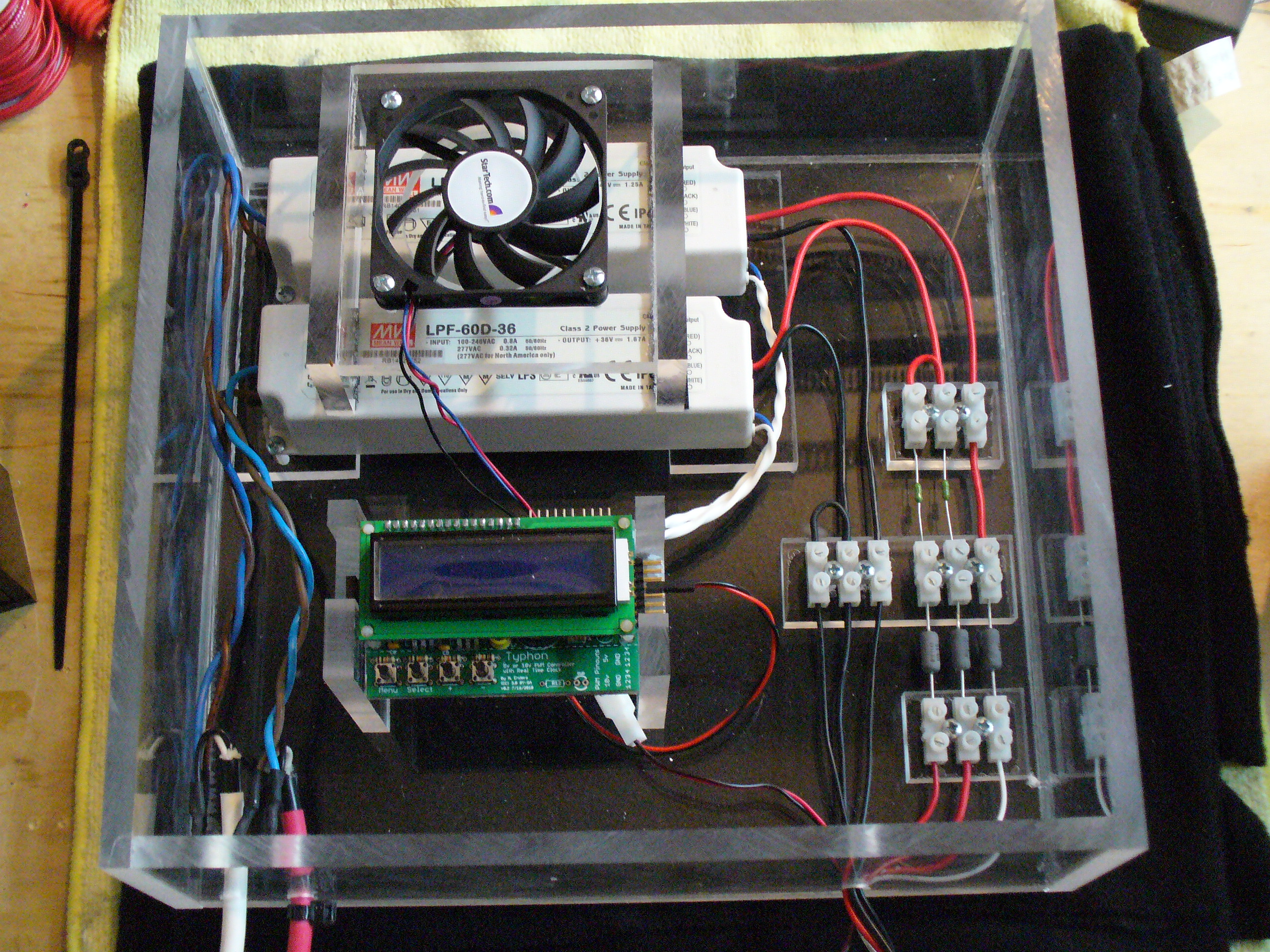xandrew245x
Member
Sounds cool, I sent them an email and they said they will be back in stock in the next 1-2 weeks.
I think i'm going to order my leds today
48 total
30 royal blues
6 regular blues
6 neutral whites
6 cool whites
I got the outside of the frame assembled, need to do a little grinding for it to fit all snug and perfect the way I want it, my original idea was to just set the strips in place so they would be easily moveable, I was recommended to fasten them somehow, but now that my frame is together, I see that there is no possibly way for them to fall out accidentally.
They are cut so precise that they barley just fit into place, meaning the only way they could possibly come out is if I picked them up. Then again, how hard would it be to drill a while and run a zip tie around it
I think i'm going to order my leds today
48 total
30 royal blues
6 regular blues
6 neutral whites
6 cool whites
I got the outside of the frame assembled, need to do a little grinding for it to fit all snug and perfect the way I want it, my original idea was to just set the strips in place so they would be easily moveable, I was recommended to fasten them somehow, but now that my frame is together, I see that there is no possibly way for them to fall out accidentally.
They are cut so precise that they barley just fit into place, meaning the only way they could possibly come out is if I picked them up. Then again, how hard would it be to drill a while and run a zip tie around it


